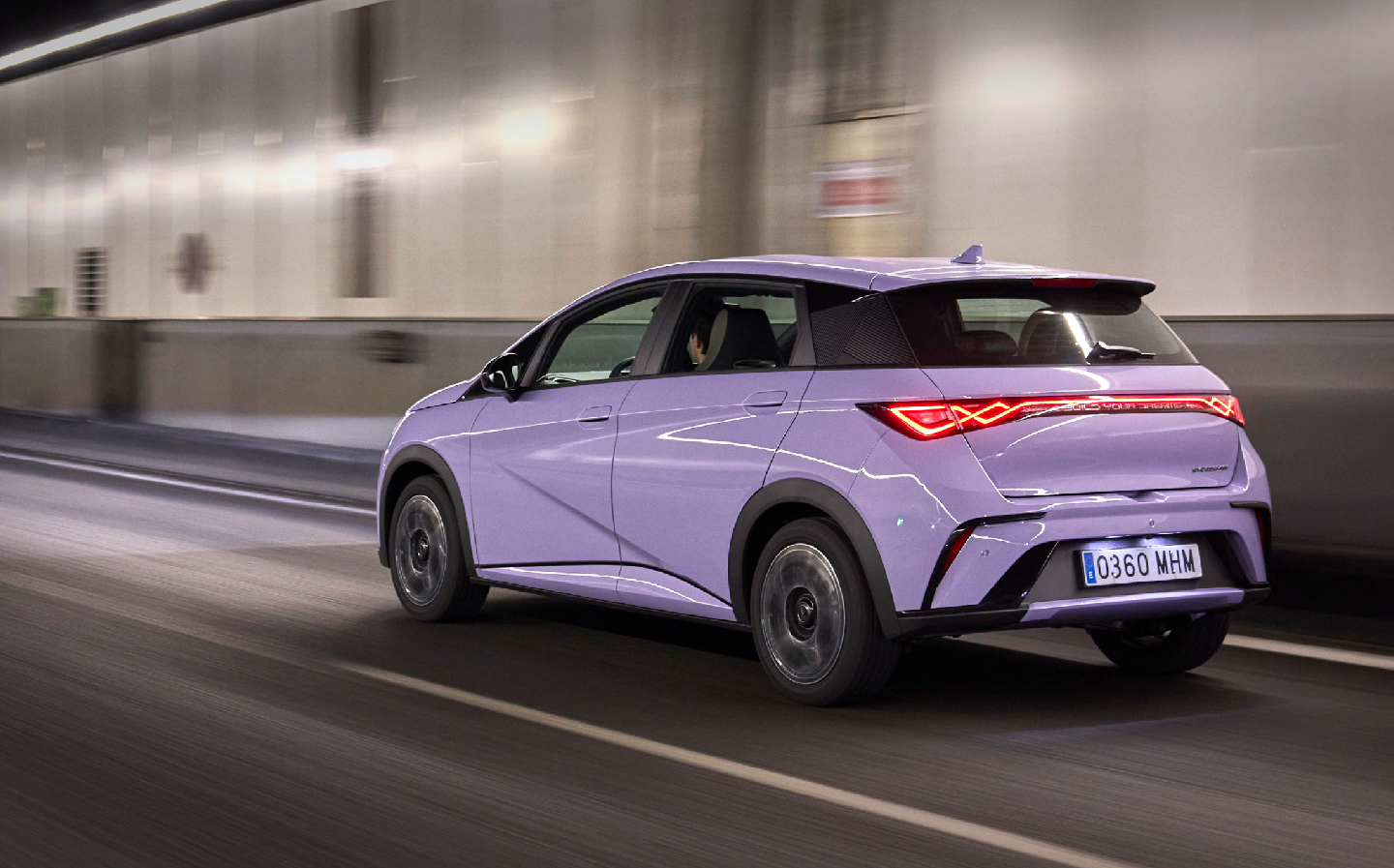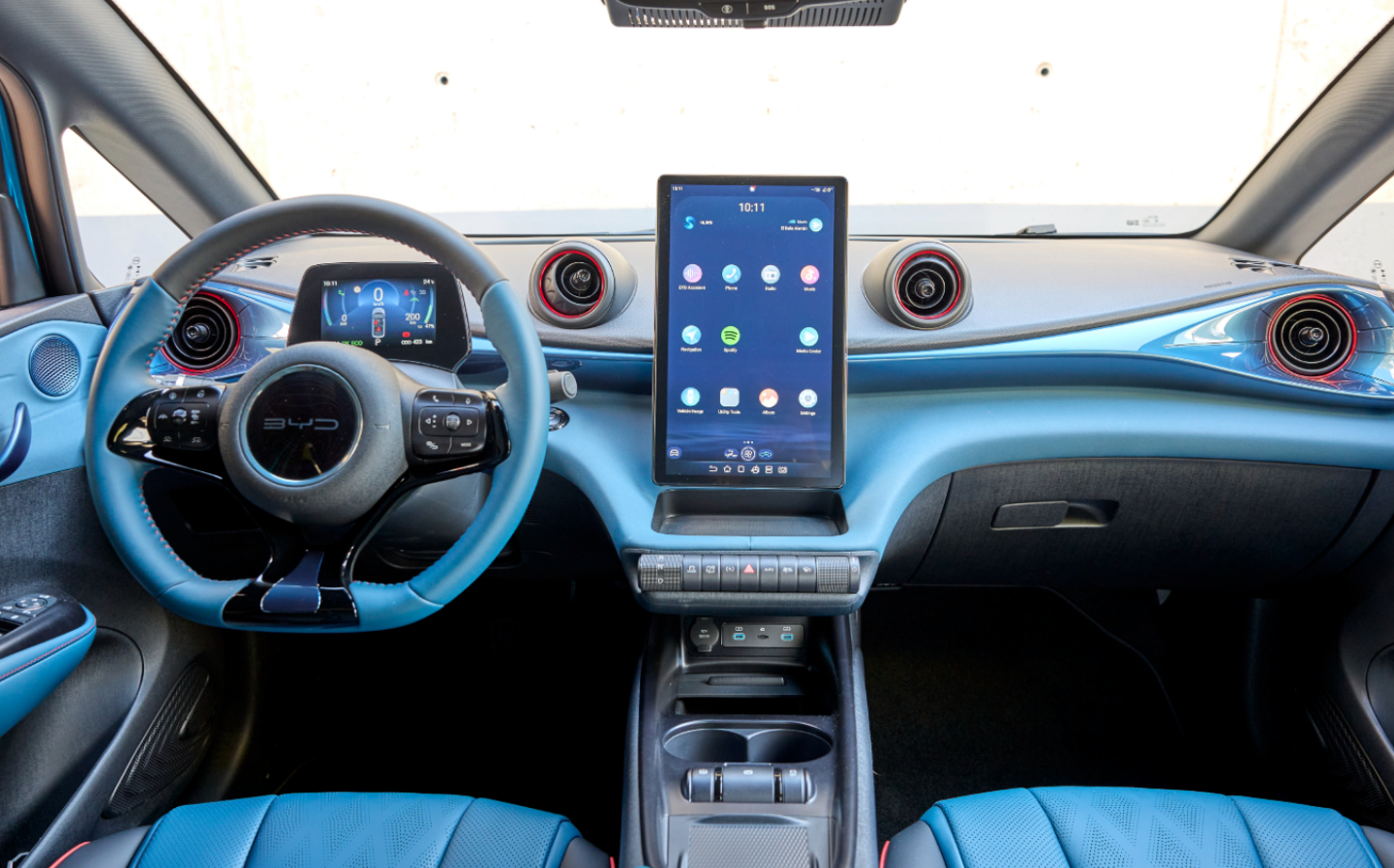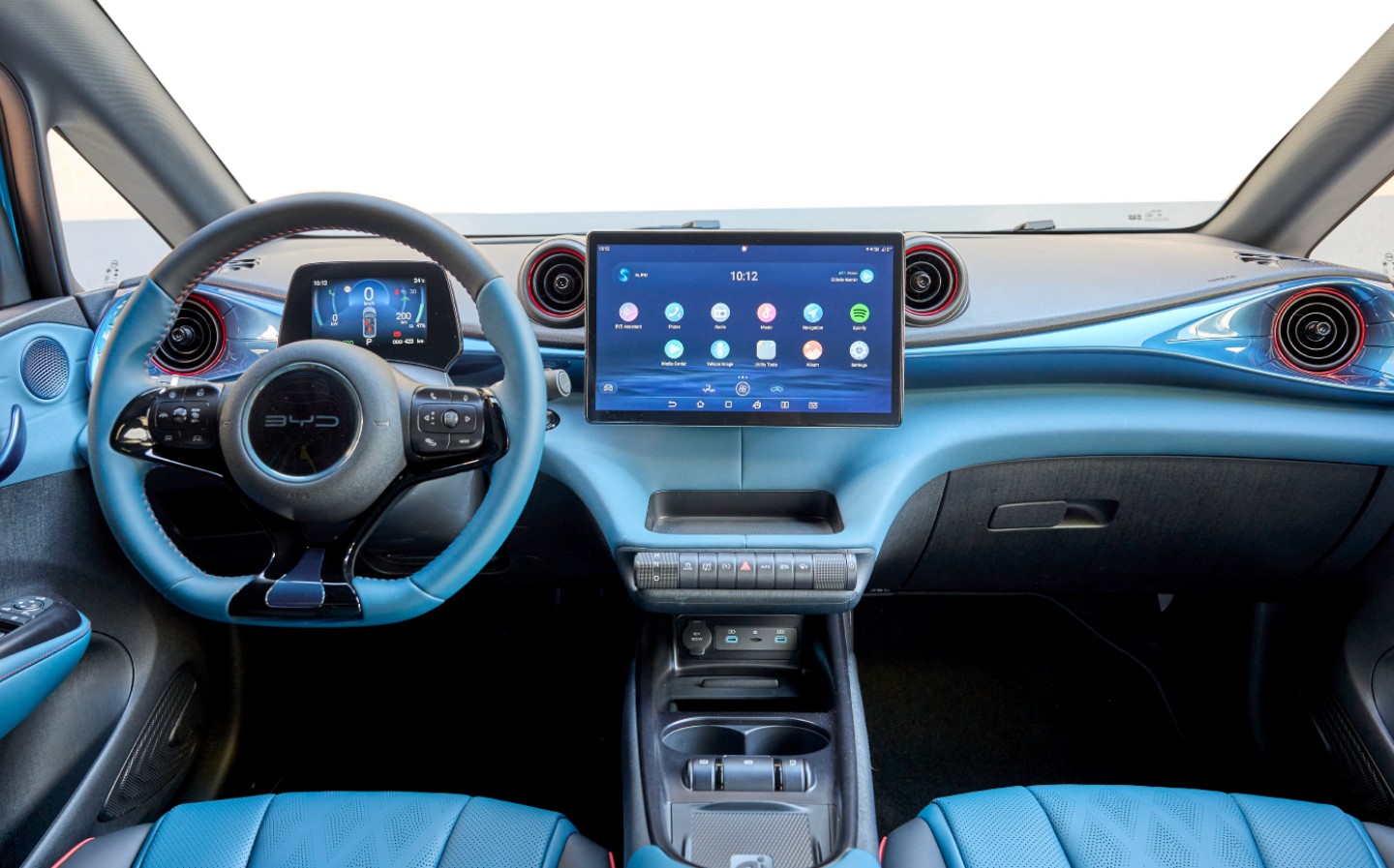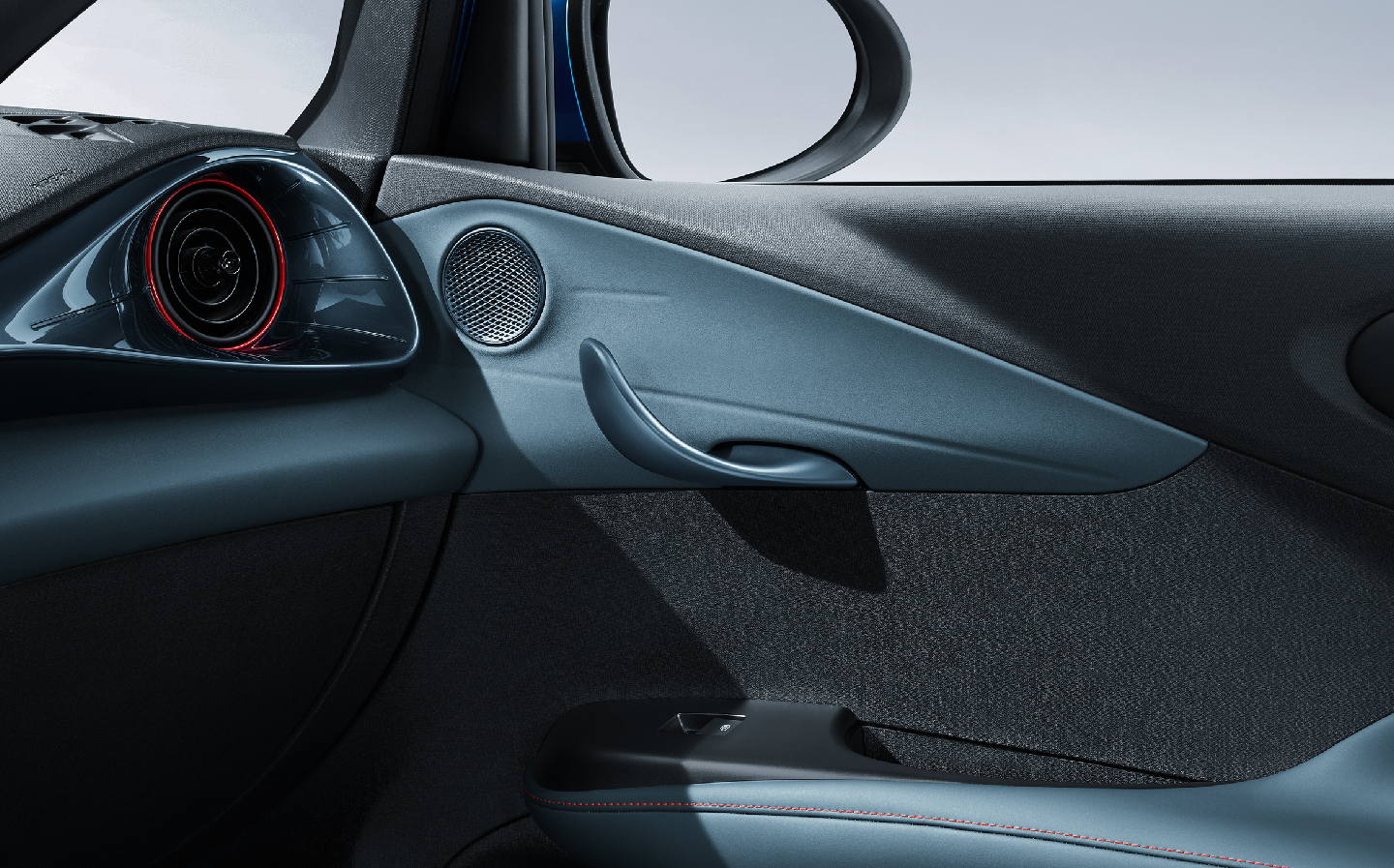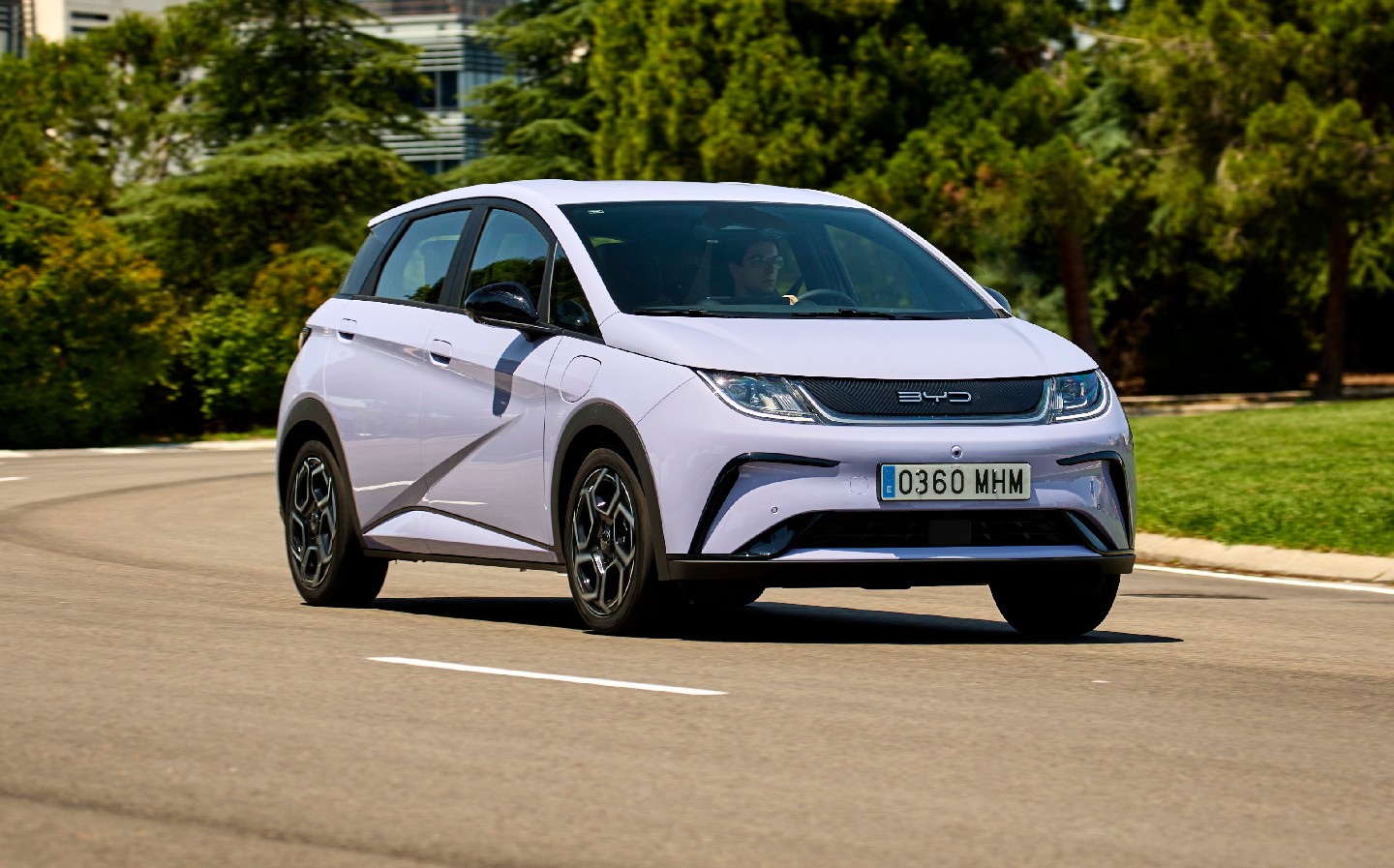BYD Dolphin 2023 review: Chinese electric hatchback fails to make a splash
Quirky naming and design features may appeal to some but are equally likely to annoy
Like it or not, Chinese cars are muscling their way onto British roads. SAIC-owned MG led the way and its affordable electric models have become extremely popular, while Geely has just doubled its stake in Aston Martin while owning Lotus, Volvo, Polestar, LEVC (the maker of London black cabs) and half of Smart. Some reports suggest we could have as many as 25 Chinese brands on sale in the UK by the end of next year.
Putting aside how China has managed to make such in-roads (from breaking World Trade Organisation rules to the use of slave labour, some argue), it’s clear that British electric car buyers will have a huge amount of choice in the coming years.
BYD is one such newcomer, though one which claims it is a private company and detached from the oversight of Beijing. It also claims that, with separate EU-based servers, customer data is protected by European and UK GDPR rules and cannot be sent back to President Xi’s minions for analysis.
That said, BYD is also aiming to win European hearts with cutesy naming and colourful features. Its Atto 3 electric crossover that launched earlier this year is perhaps the most unplayfully-monikered entry in the burgeoning line-up, but October this year will see first deliveries of the BYD Seal, a rival to the Tesla Model 3. Shortly before that arrives, and continuing the oceanic theme, will be the car you see here — the BYD Dolphin.
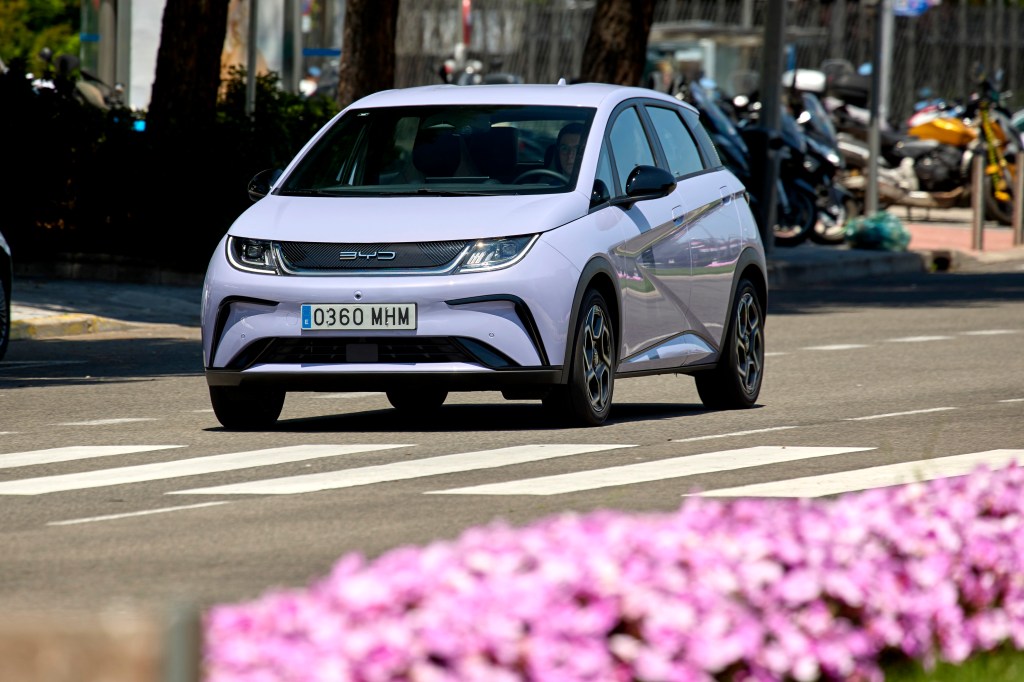
With a more conventional hatchback shape and more affordable pricing than the Atto 3, yet much of the same technology, BYD reckons this is the model that will help “accelerate e-mobility” in Europe. In other words, it has ambitious sales targets – underlined by an expectation of increasing the number of UK dealers from five today to 100 by end of next year.
Does the Dolphin make us want to backflip with delight or is it dead in the water? We joined its European launch in Madrid to find out.
Design and rivals
BYD talks about playful design and a silhouette “resembling the graceful lines of a leaping dolphin”, but in truth you’d have to really squint to see any similarities. In fact, a few details aside the Dolphin doesn’t make many waves (sorry, not sorry) with its exterior aesthetics.
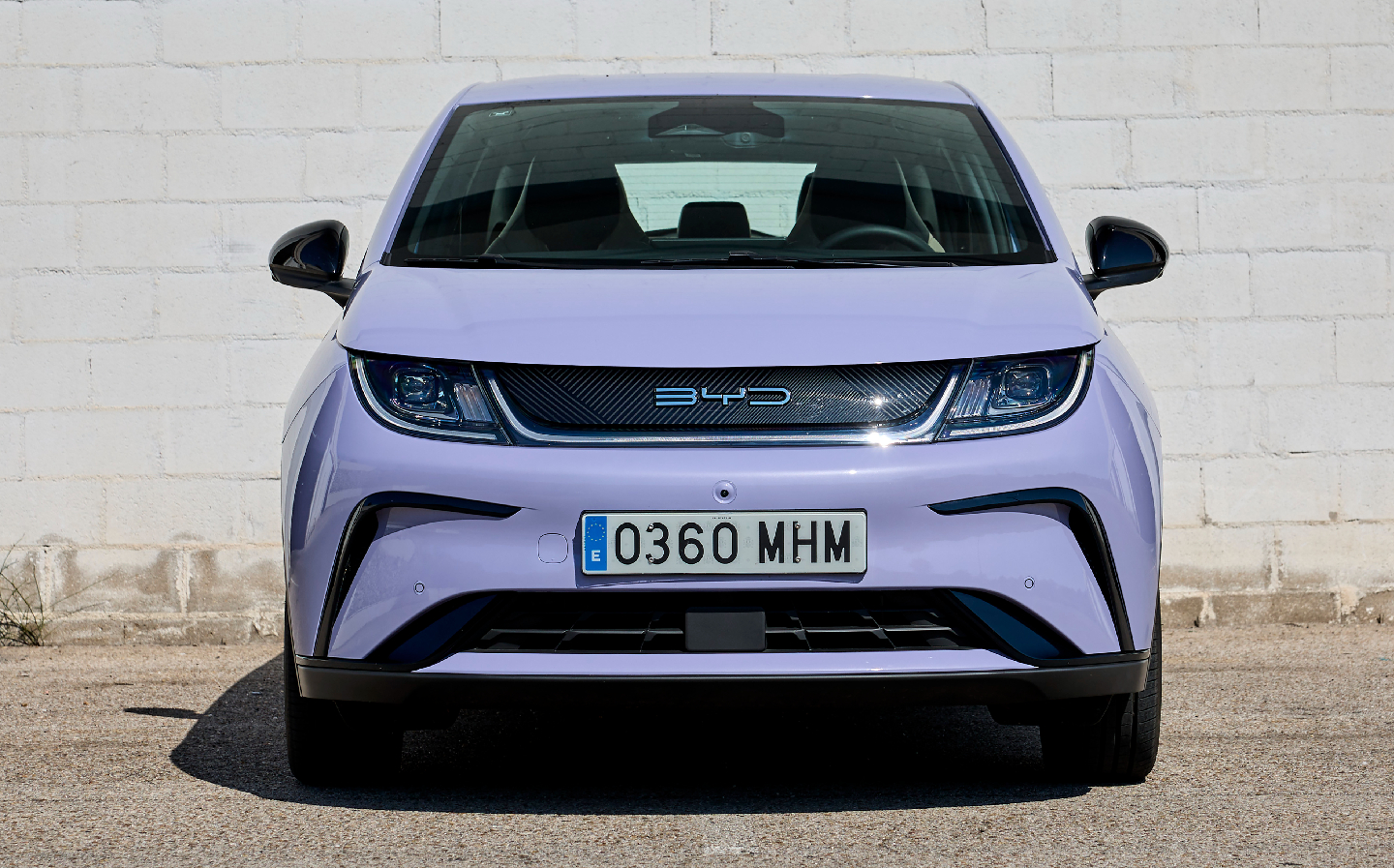
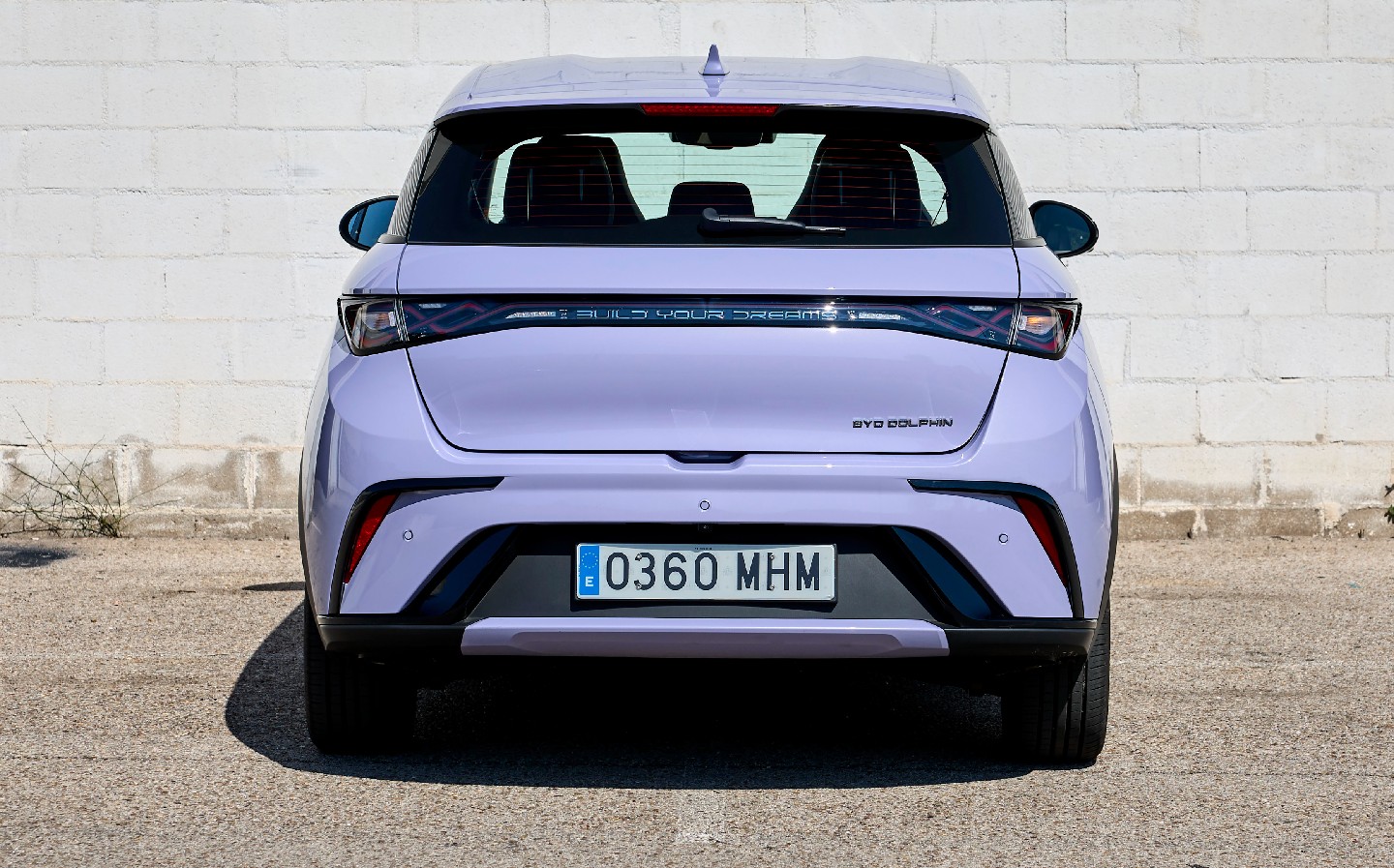
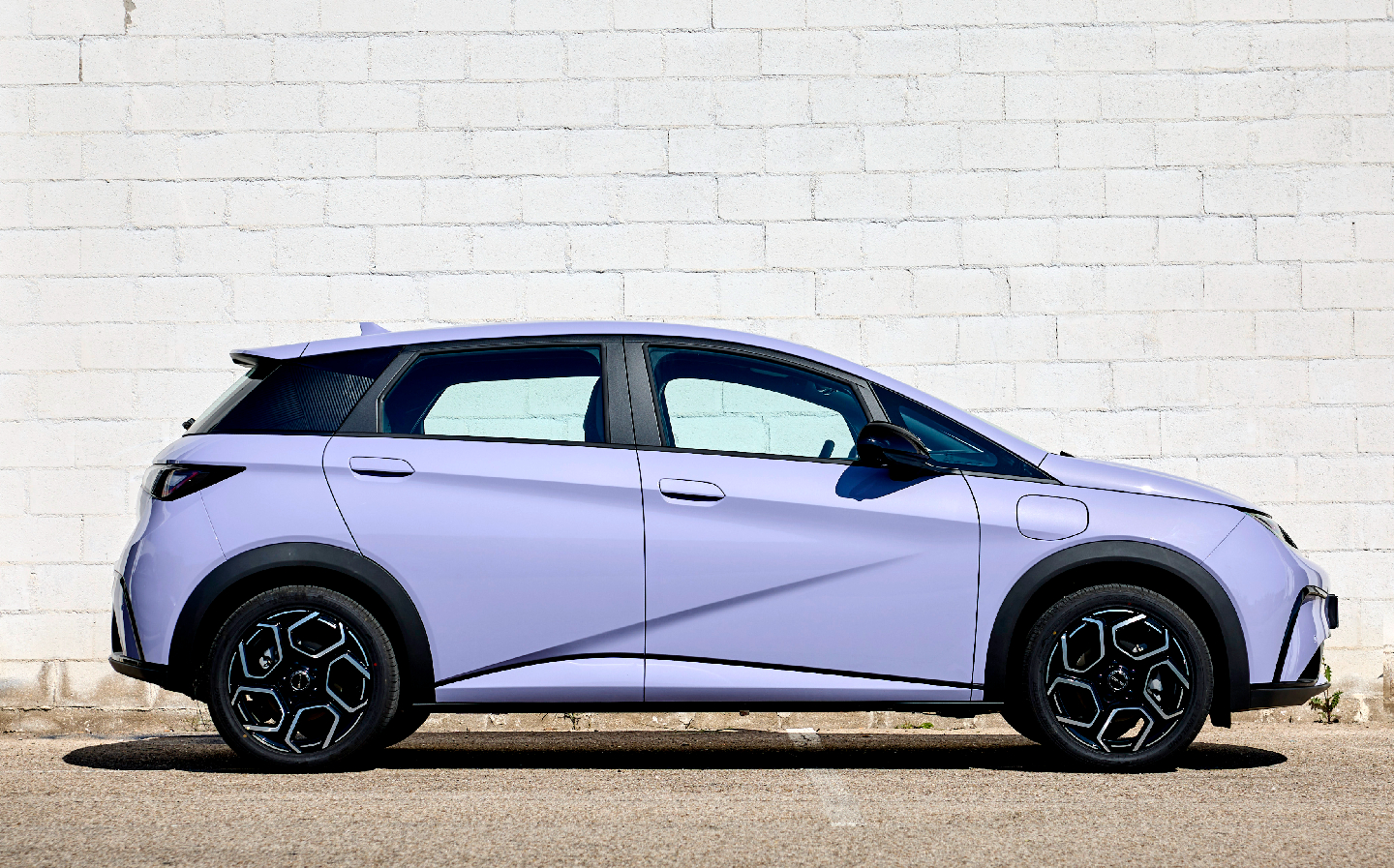
Resembling a more futuristic Nissan Note or Honda Jazz isn’t a bad thing for its sales prospects, mind you, as most buyers tend to shy away from anything that’ll stand out at the garden centre car park.
You’ll sense that I’m suggesting this is a car for older drivers but that’s definitely not the pitch we were given at the launch presentation, where we were shown marketing videos featuring affluent young people filling the Dolphin before heading out on the town, and being wowed by its performance and agility.
Which type of buyer favours the Dolphin remains to be seen but it could actually appeal to both groups, and more in between.
Electric rivals at the moment include the likes of the VW ID.3, Cupra Born, Smart #1 and Renault Zoe, though compact EVs are beginning to flood to the market so buyers will be spoilt for choice.
Interior and practicality
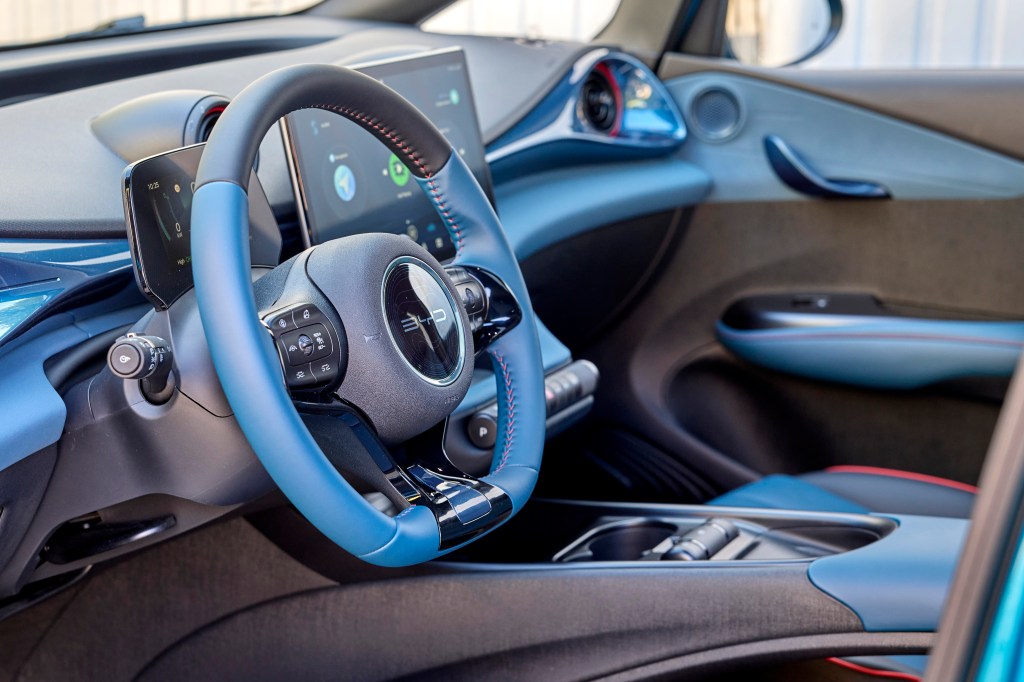
With an underfloor battery layout, BYD has been able to push its front and rear wheels far apart, which helps increase interior space. In fact, roominess is a strong point of the Dolphin, with tall adults unlikely to feel cramped in the front or back. Though our test car didn’t come with it, a sunroof in the higher spec models does mean a thicker roof overall and headroom is impeded as a result, but it shouldn’t be a concern for all but the loftiest of occupants.
Also worth shouting about are the front seats, which are supportive and unlikely to cause discomfort even on the longest journey, and they’re upholstered with plush-feeling vegan leather. The cabin of our range-topping Dolphin Design featured a two-tone colour scheme of pinks and creams.
It’s not shown in the official images so you’ll have to make do with my own snaps in the above tweet, but I think you’ll agree it wouldn’t have looked out of place in the Barbie movie. Less flamboyant options are available.
The dash layout and dolphin-fin door handles are fun, too.



One major criticism of the car we drove, though, was that the metallic strip running from air vent to air vent was highly reflective and both driver and passenger were at times dazzled by the bright Spanish sunlight.
Also, the switchgear isn’t terrifically satisfying — the drive and drive mode selectors are rounded and we expected to be able to push them in, but in fact you push them down or up, which is odd.
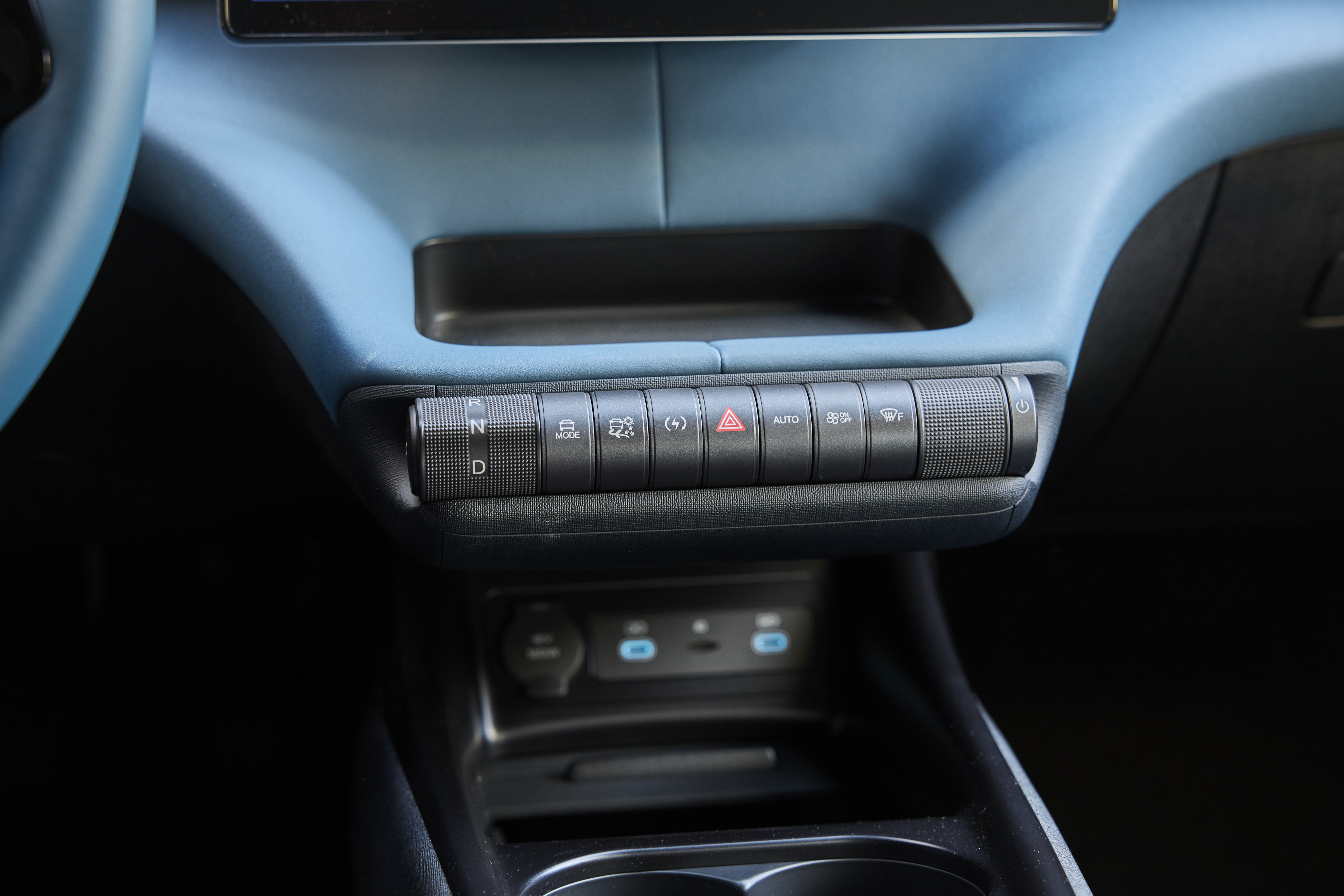
On the plus side there are plenty of nooks and cubbyholes to store bits and pieces, and you have to applaud BYD for trying something a bit different with the interior design rather than copying anyone else (digital driver’s display aside, which could be straight out of a VW Group EV).
Boot space isn’t class-leading but it’s decent, at 345 litres (1,310 litres with the rear seats folded), and the flat floor shelf means bags can be slid in and out easily, with charging cables hidden away underneath.
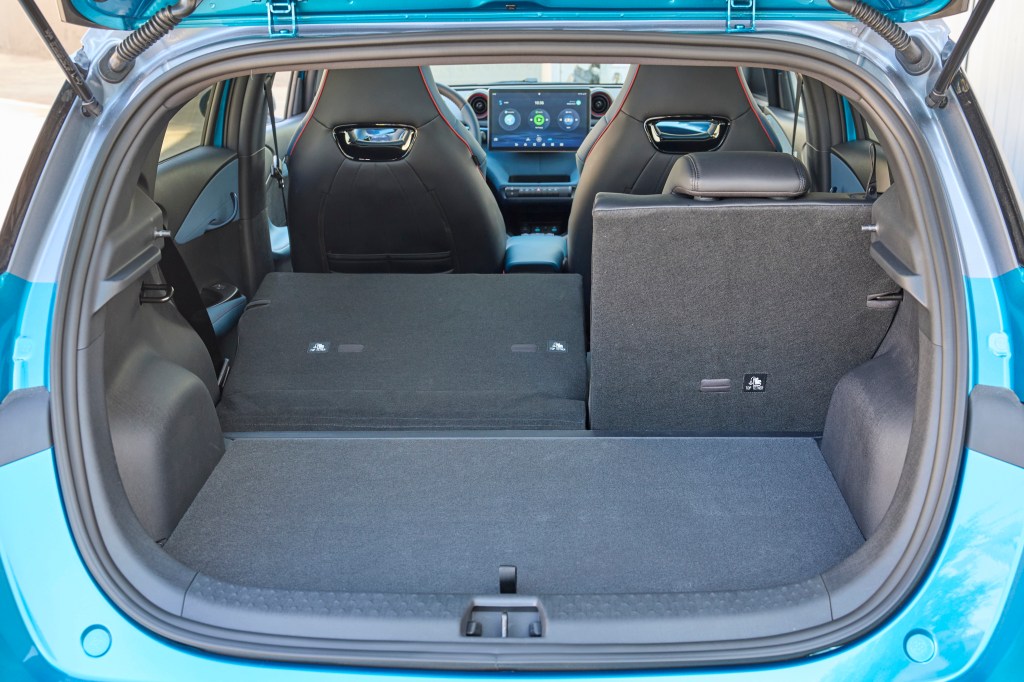
The boot lid itself doesn’t feel particularly solid, it doesn’t close with a satisfying thunk and it doesn’t unlock when exiting the car, meaning we had to walk back to unlock it via the button inside the driver’s door.
Technology and safety
Before it made cars, BYD was a battery manufacturer and the company is ever so proud of its high tech Blade Battery pack. It is constructed in such a way as to make it more compact that traditional lithium ion batteries, and it passes the “nail penetration test” – hammering a nail through the pack doesn’t cause it to spark and catch fire. Which is nice.
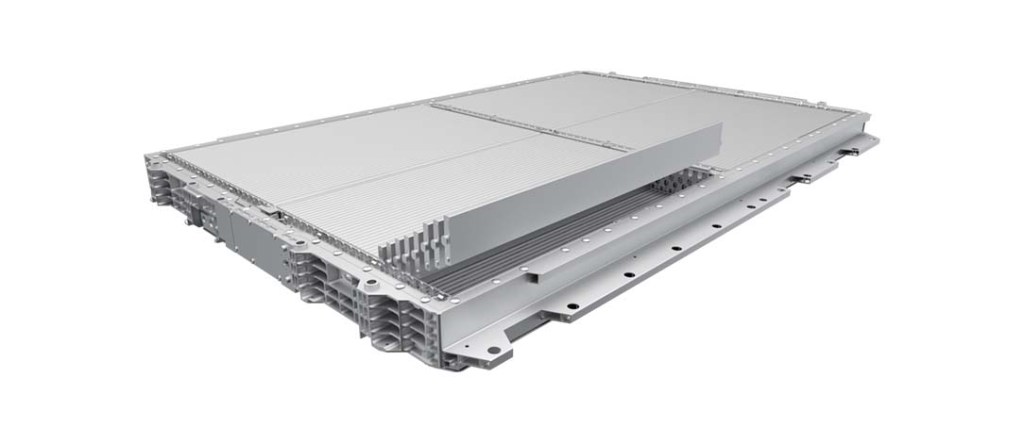
What’s more, the lithium iron phosphate chemistry features zero cobalt, which means owners can tell busybody neighbours who ask, “Yeah, but what about the use of child labour for mining in Congo?” to get back in their boxes.
The Dolphin’s skateboard-like structure is also designed in-house and can be stretched or shrunk to suit the model, and so the Atto 3 and Seal share the same set-up, and much was made of its safety characteristics. The battery pack is a structural part of the car within the platform (unlike, say, a Tesla Model 3, we were told over dinner) and can help absorb frontal impacts, improving safety.
In fact BYD is able to manufacture every component of its cars, including the battery management systems, electric motors, motor controllers, transmission and on-board charger, which the company says means the efficiency of the powertrain is top notch. We were told BYD employs more than 70,000 engineers and has 50 patents granted every day, which is mind-boggling.
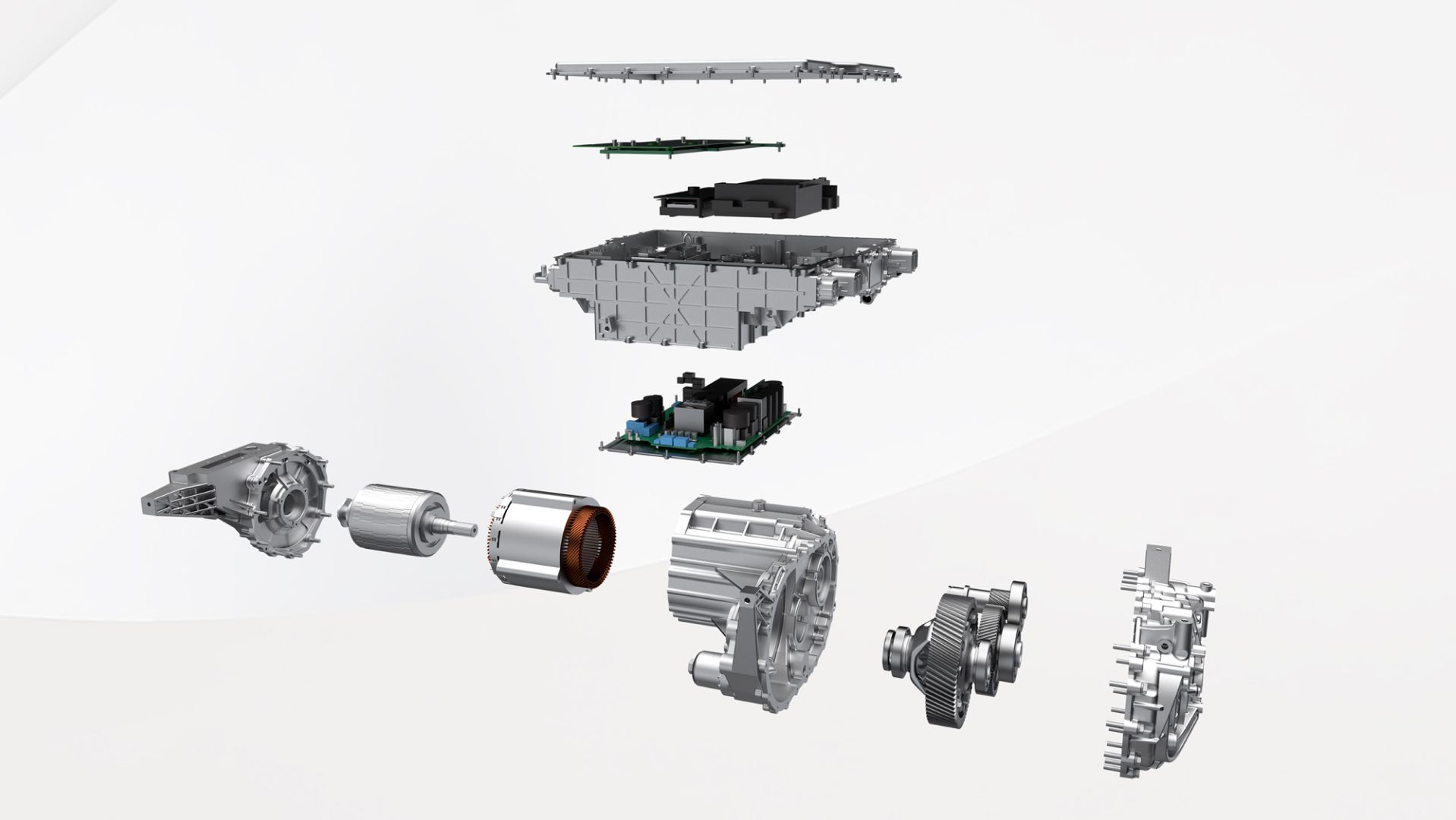
And that’s all good but I did find myself having to stifle guffaws of disbelief when a promotional video about BYD’s manufacturing processes used jargon words such as “intelligentization”. There’s no need for that.
Less hair-tearingly irritating is the Dolphin’s infotainment system, which is presented on a large, clear 12.8in touchscreen as standard on all models. If you’re wondering if it’s portrait style, like a Tesla Model S or Ford Mustang Mach-E, or landscape, like a Tesla Model 3 or VW ID.3, it can be both. As on the Atto 3, at the touch of a button the screen can rotate 90 degrees, and the content rearranges itself automatically much like when you turn a smartphone on its side.


It’s a fun gimmick that will wow customers in showrooms but in reality, most drivers will have a favourite and stick with it. In our test, we noticed the content was much easier to see in landscape mode while the occupants in the driver and passenger seats are wearing polarising sunglasses. Don’t ask us why. Luckily landscape was our preferred layout, anyway.
Sub menus are accessed via a number of icons at the bottom of the screen, but while it proved quick and responsive to the touch, a few of the symbols were unfathomable. What does a square icon mean in this context? Or two rectangles next to each other? Answers on a postcard.
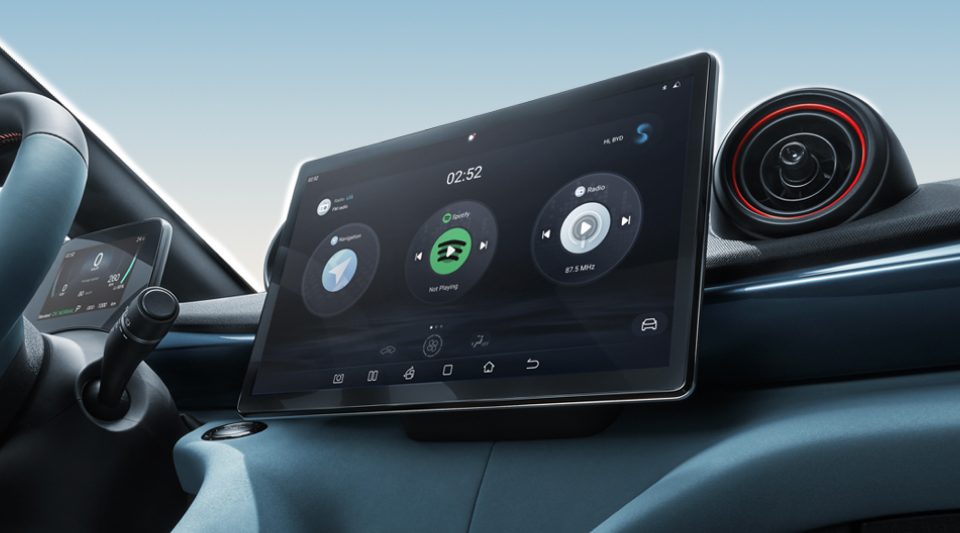
Even more difficult to understand are the system noises. Everything from the indicators to the speed alert is irritating. The pedestrian safety sound, which activates at under 32km/h (20mph), brought to mind a sinister take on an ice cream van jingle — I half expected it to switch to off-key versions of Greensleeves or Camptown Races at some point.
And the lane-keeping assist warning… my god, it’s neurotic. My driving partner and I did our utmost to keep the test car dead centre in our lane on twisty roads, to stop the Dolphin’s incessant beeping, but like one of those steady-hand buzzing wire games it’s near-impossible to achieve. And actually uncomfortable — cutting corners when safe to do so reduces lateral motion and therefore car sickness.

We went through the touchscreen submenus and tried to turn off as many of the driver aids as possible, including lane-keeping assist, but the beeps continued.
Still the safety agency Euro NCAP will be delighted that the Dolphin comes with that system as standard, along with forward collision warning and autonomous emergency braking, rear collision warnings, rear “cross traffic alerts” (it senses pedestrians and cycles behind when reversing) with emergency braking.
On the plus side, all-round parking cameras and wireless smartphone charging can also be specced, and our car had electric seat adjustment, too. Every car gets a heat pump as standard, and they all feature Vehicle-to-Load technology, which means you can plug in appliances and use the car as a giant powerbank. The likes of Kia, Hyundai and Genesis also offer this at present, and you can expect every car maker to follow suit.
Performance, range and charging speeds
The BYD Dolphin was sold to us in the briefing as “fun, agile and versatile”, with sporty performance and handling — particularly in the two uppermost trim levels of Comfort and Design, which feature the 150kW (201bhp) electric motor.
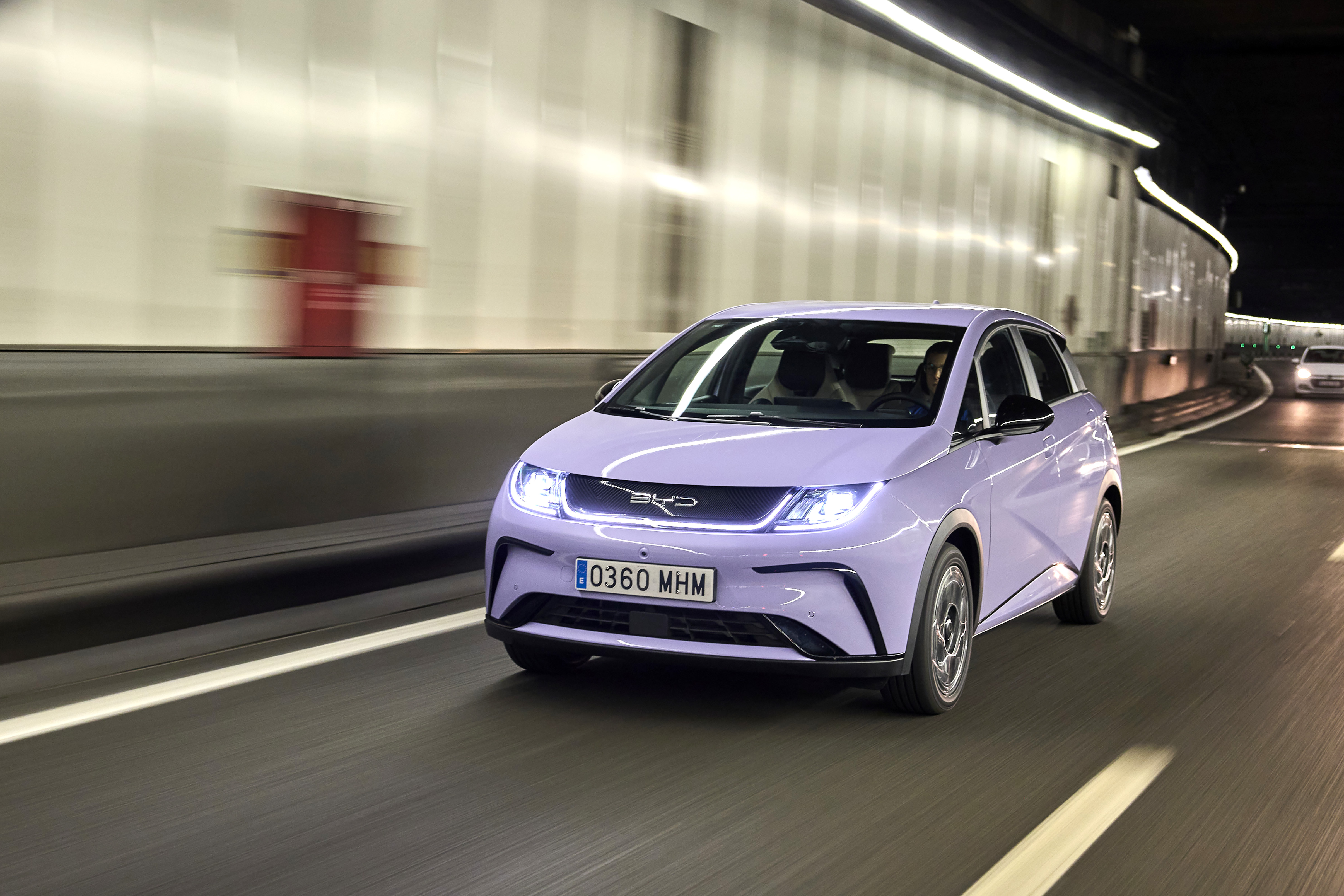
We were shocked, then, to find that huge amounts of nothing happened for a couple of seconds after planting the accelerator, before the car gradually picked up speed with the energy of a turtle, not a dolphin.
Comparing notes with other journalists on the evening of the test drives we realised we were not alone — all the cars we tested that day had the same unexpected lethargy. Cue surprised and embarrassed faces among the assembled BYD representatives, who scrambled to find out what had happened. It turned out that all the cars had been set to a factory mode for some reason, which restricts the power output. It was human error, we were told, rather than a glitch with the cars.
Writer James Fossdyke, who also writes reviews for this website, had an opportunity to drive (ride?) the Dolphin again the day after our official tests, and messaged me to say, “That’s much more like it. It’s able to go up hills and everything.” Jokes aside, he described the performance as “brisk, rather than fast,” but meatier than the day before.
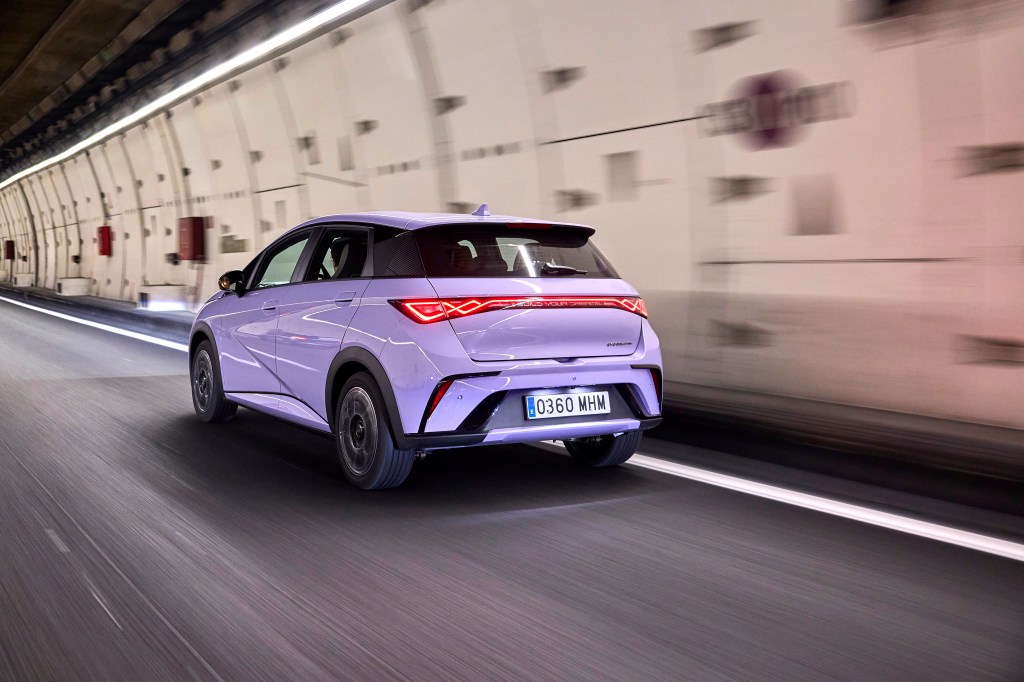
To their credit, the BYD PR team offered the rest of us another drive in the UK, though my schedule hasn’t allowed it yet. If and when I am able to confirm Fossdyke’s findings, I will update this report, though I have no reason to doubt his feedback.
It’s worth noting that the most affordable version of the Dolphin — the Active model — features a different motor producing a claimed 94bhp, so less than half the performance of the Comfort and Design versions. A fourth trim level, called Boost, slots in between with the same motor as the Comfort and Design, though throttled to produce a claimed 174bhp.
Two battery sizes are available — Active and Boost cars come with battery capacity of 44.9kWh while the two upper specification models get a larger 60.4kWh pack. That translates to respective ranges of up to 211 and 193 miles on the official WLTP test for the smaller battery, and up to 265 miles for the larger pack (both trim levels).
We started the test drive of our Design version with 97 per cent battery and the predicted range reading 415km (258 miles) and after 90 miles of punishment we had 49 per cent battery left and a predicted range of 129 miles. However, given the car was in factory mode this is unlikely to be representative of real world efficiency.
It’s possible, too, that an inconsistent feel on the brakes is related to factory mode, but I doubt it as someone who drove the Atto 3 said it has a similar issue. Light use of the brakes at times had a fairly strong effect, then suddenly, with a little more pressure, the car would be released and further pressure needed to be applied.
Another car reviewer at the test drive said that was explained to him on the Atto launch as relating to the regenerative braking system, whereby the first 10 per cent of brake travel recovers energy back to the battery, but after that there is no regen at all. It felt like a cliff edge in stopping power to me, and was a little disconcerting.
Regenerative braking isn’t popular in China, I was told, and so even with the setting on High (rather than Standard), lifting off the accelerator doesn’t result scrubbing of speed through regen — that all happens when on the brakes. No other car I’ve driven does this, and it’s far from ideal based on my experience of the Dolphin.
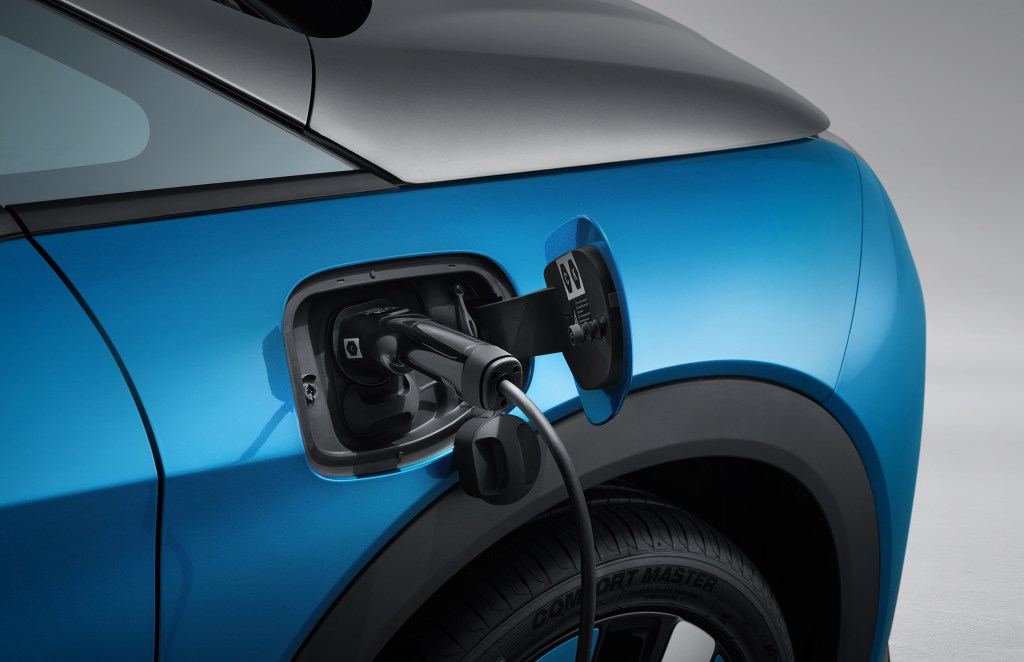
Charging speed varies depending on the battery. The larger pack gets DC charging at up to 88kW, which is technically “rapid” but isn’t terrifically quick compared with most rivals, with a quoted charging speed of 29 minutes to get from 30 to 80 per cent.
Why not quote a 10-80 per cent time, like other manufacturers? According to the official line, it’s because BYD believes 30-80 per cent to be a more consistent charging speed phase. However, outside observers may read it as a cynical attempt to show the Dolphin in a better light compared with rivals.
The smaller pack is even less impressive: the 60kW speed means it takes 28 minutes to charge its 44.9kWh pack from 30 to 80 per cent.
Ride and handling
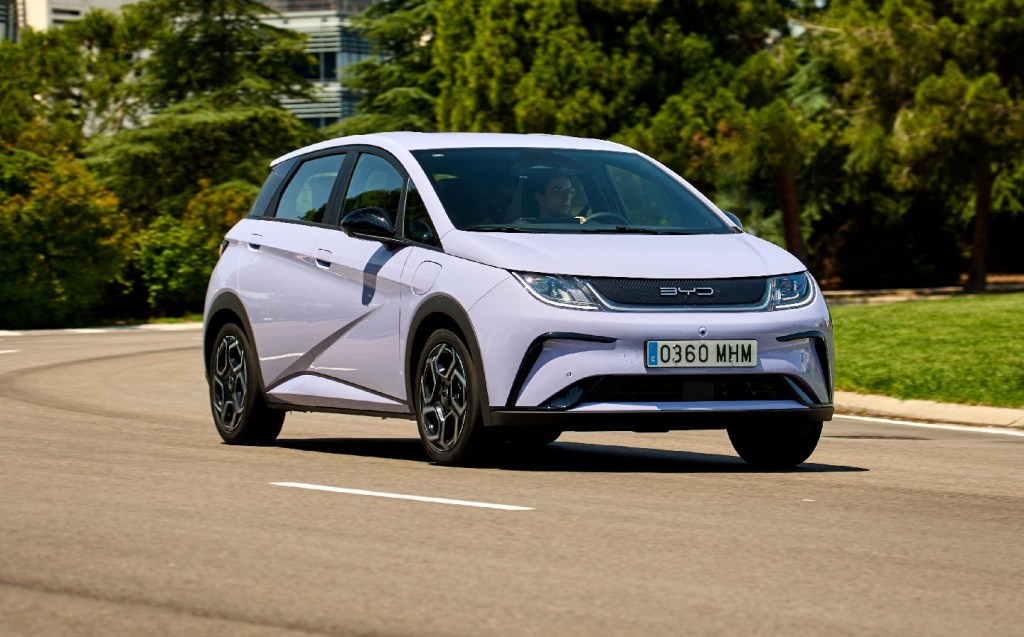
It’s a mixed bag here. BYD clearly has a different idea of the word “agile” to us motoring hacks, as the Dolphin’s steering felt inert, even in Sport mode (a result of the factory setting, perhaps), while the soft springs and long suspension travel result in fairly significant levels of pitch and roll (we can’t blame the electronics for that).
Grip from the tyres is impressive at the front but the rear end feels loose in comparison — despite having independent multi-link suspension on all but the Active model — and the Dolphin lumbers from corner to corner, rather than gliding elegantly. It’s definitely not confidence-inspiring and won’t appeal to anyone who enjoys the journey as much as the destination.
In town the Dolphin comes into its own, though, with excellent ride comfort and refinement. Road humps and potholes are dispatched effortlessly, with nicely-judged damping at low speeds, and occupants will appreciate the low levels of cabin noise (ice cream van jingles aside).
What was I saying about garden centre cars…?
Pricing and on sale date
The BYD Dolphin will be available to pre-order by the end of July in versions with the 60.4kWh battery, with deliveries are expected from September. That will be followed by models with the smaller 44.9kWh battery, on sale from early 2024.
That smaller battery will be available for the entry-level Dolphin Active, which starts from £25,490, as well as the Dolphin Boost, costing from £26,490.
The Dolphin Comfort and range-topping Dolphin Design both get the larger battery and cost from £29,490 and £30,990, respectively.
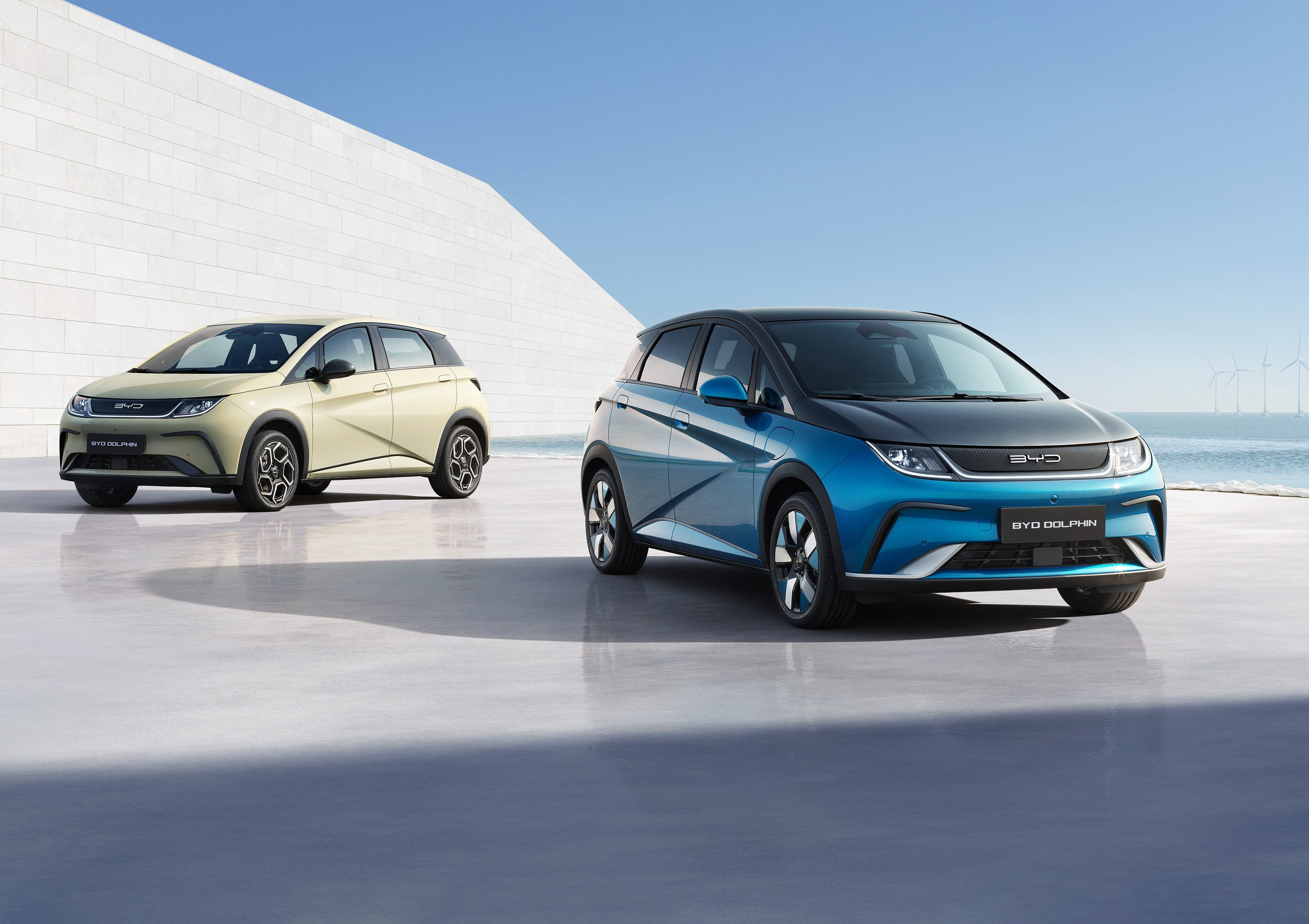
Verdict: 2023 BYD Dolphin review
It’s a shame that our test car was erroneously set to factory mode, which meant we couldn’t experience the full beans from the electric motor, but we know from subsequent reports that the performance of the top spec Dolphin is adequate if not thrilling. The handling isn’t exciting, either, so this isn’t a car for enthusiasts.
There are things that some owners will absolutely adore, though, from the cutesy naming to the flamboyant colour schemes and dolphin-fin door handles. Its pitch as a playful car is dead on, but from an interior design and features perspective rather than one of being fun to drive.
And it’s right that we admire BYD’s first attempts at cars for Europe — the firm has definitely hit the ground running.
But potential buyers ought to be aware that Chinese car makers have been criticised for receiving an unfair advantage through WTO rule-breaking state support, from a regime that Amnesty International reports carries out torture, genocide and routine suppression of dissent. BYD told us it is a private company that operates independently from the control of central or regional Chinese government, and aims to be open and transparent about its operations.
Follow @wdron Tweet to @wdronRelated articles
- If you were interested in this BYD Dolphin review, you might like to check out what we had to say about the 2020 Volkswagen ID.3 (a car that is being refreshed this year)
- Also take a look at our extended test of the Cupra Born
- And here’s our review of the 2022 MG4: Bargain basement, or just a bargain?
- Here are 10 things to know before buying an EV
Latest articles
- Omoda 5 prototype review: Bargain family SUV is solid first effort for new Chinese brand
- Dacia Duster 2024 review: Rugged, affordable SUV modernised with electrification and quite the glow up
- Audi A3 Sportback 2024 review: Softly, softly, catchy premium hatchback buyer
- New electric-only Mini Aceman fills gap between Mini Cooper hatch and Countryman SUV
- Tesla driver arrested on homicide charges after killing motorcyclist while using Autopilot
- Porsche Macan 2024 review: Sporty compact SUV goes electric, but is it still the class leader for handling?
- F1 2024 calendar and race reports: What time the next grand prix starts and what happened in the previous rounds
- Aston Martin DBX SUV gets the interior — and touchscreen — it always deserved
- Nissan unveils bold look for updated Qashqai, still made in UK


